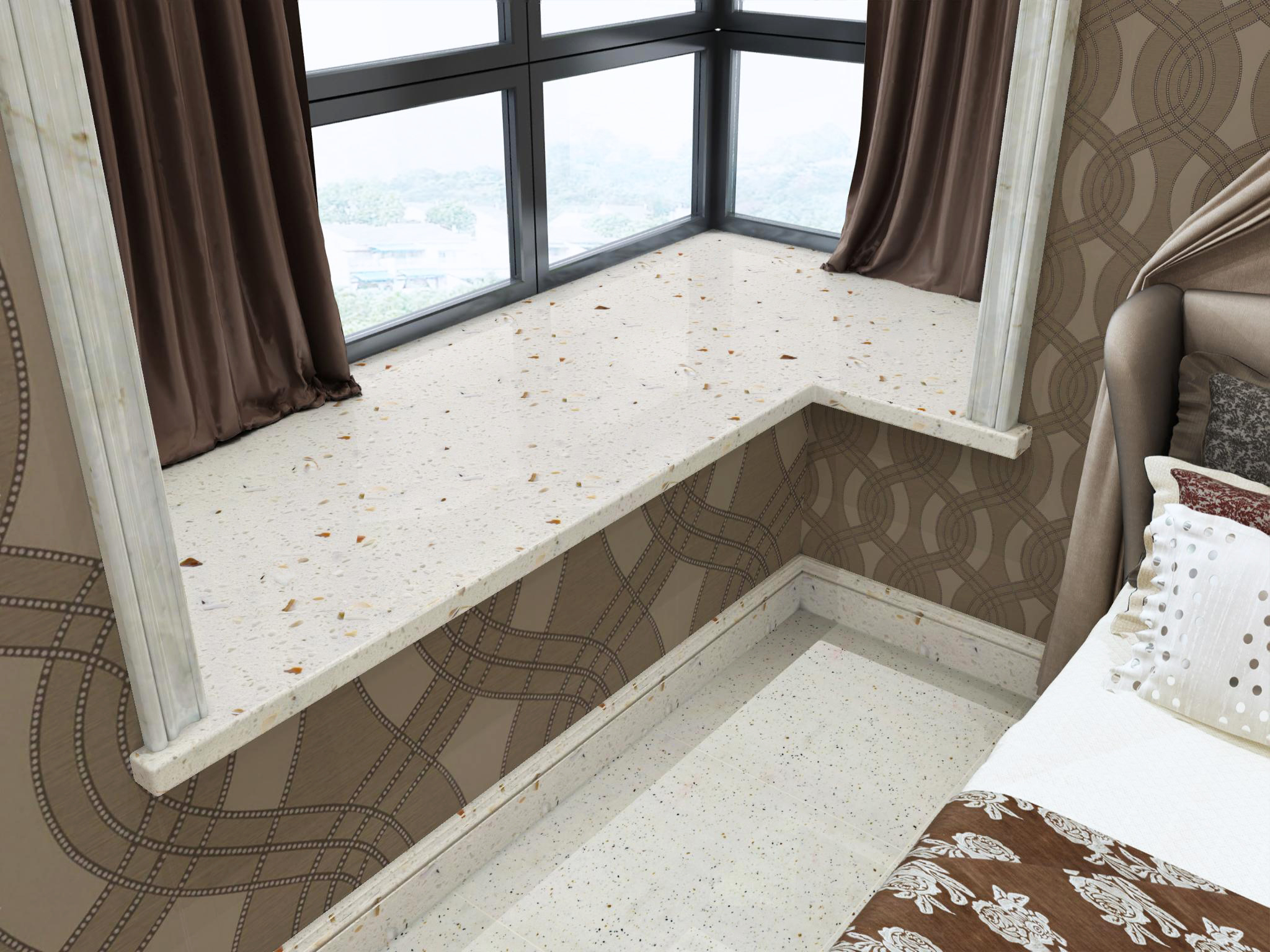Contact us
No. 16, Second Road, dayangping Industrial Park, Shancheng Town, Taining County, Sanming City, Fujian Province?
?13635200999?
?fjrmkj999@163.com
Hotspot
Search
Please enter the product keywords you want to search in the input box below.

???136-3520-0999?
Datetime:2021-11-01 views:850
Quartzite is the most common building material. It is used on kitchen countertops and desktops. It is not only beautiful, but also very durable. It is one of the most rational building materials. What are the advantages of quartzite? What are the classifications of quartzite?

How was quartzite formed
The main mineral of quartzite is quartz, which is generally massive structure, and also contains mica minerals, hematite, goethite, etc. Quartzite is formed by quartz sandstone and siliceous rock through metamorphism and recrystallization. The magma in the earth rises, cools and solidifies in the process of magmatic activity. Due to the change of temperature, pressure and other conditions, it separates the hydrothermal solution rich in SiO2, penetrates into the surrounding rock metamorphic rock series along bedding and fractures, or intrudes along the contact fracture zone of pre magmatic rocks to form vein quartzite ore bodies, thus forming quartzite veins.
The original rock of quartzite can be single mineral quartz sandstone, argillaceous and calcareous quartz sandstone, colloidal sedimentary siliceous rock (including siliceous rock dissolved and redeposited by terrigenous clasts and siliceous rock related to volcanic exhalation), deep-sea radiolarian siliceous rock, etc. Quartzite formed by different original rocks can be distinguished according to structure, degree of crystallization, by-products, rock symbiotic association and occurrence. Quartzite formed from single mineral quartz sandstone has coarse grain size, often has typical equilibrium mosaic structure, and contains more accessory minerals such as zircon. Quartzite formed from siliceous rock, even if subjected to high-grade metamorphism, the mineral particle size is rarely greater than 0 or 2mm, and has toothed alternating structure, generally without accessory minerals.
What are the advantages of quartzite
1. Quartzite has high hardness and low water absorption. It can be used as building materials, especially as outdoor stones, such as paving stones, floors, coatings and so on.
2. Quartzite has fine particles and compact structure. It can be used as carving stone for handicrafts, especially pure color quartzite.
3. Due to the unique crystal structure of quartzite, it presents colorful, gorgeous and unique colors and textures, with special decorative effect.
4. Quartzite is widely distributed, easy to mine, easy to process and low cost. It is a stone product with high cost performance.
5. In addition, quartzite is widely used as an important raw material for manufacturing glass, ceramics, metallurgy, chemical industry, machinery, electronics, rubber, plastics, coatings and other industries.
6. Quartzite has excellent high temperature resistance and can be used as refractory for steelmaking through physical processing into different particle sizes. However, quartzite has brittle texture, poor bending strength, easy short crack and high radiation of some varieties.
What are the classifications of quartzite
1. Feldspathic quartzite
The content of quartz is more than 75%, often containing feldspar, mica and other minerals, and the content of feldspar is generally less than 20%. If the feldspar content increases, it will transition to shallow grained rock.
2. Quartzite
The content of quartz is more than 90%, which can contain a small amount of mica, feldspar, magnetite and other minerals.
No. 16, Second Road, dayangping Industrial Park, Shancheng Town, Taining County, Sanming City, Fujian Province?
?13635200999?
?fjrmkj999@163.com
Please enter the product keywords you want to search in the input box below.
